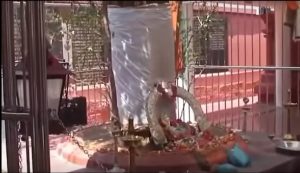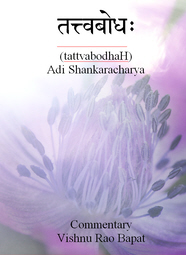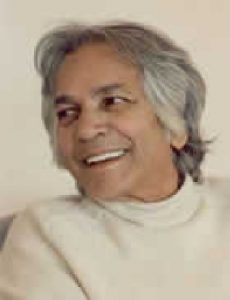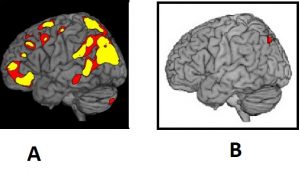Swami Krishnananda Saraswati of The Divine Life left his mortal coil on this day in 2001. He tells us in his explication of the chAndogya Upanishad that “With the present state of (our) mind it is not possible to understand what the perception of a Jivanmukta could be. We can only have comparisons, illustrations and analogies. But what actually it is, it is not possible for us to understand.”
Nevertheless, for a seeker on the Knowledge path, the topic whether the visible world (which does not exist in reality even now) will continue to appear after Self-realization or not, whether it would disappear like the proverbial snake on the rope or will continue to show up like the ghostly water in a mirage is ever evocative. That is, at least, until the final tipping point happens. The interest in this topic cannot be said to be driven by mere idle academic curiosity. There is a genuine internal “urge” in every seeker to measure up oneself in assessing whether one’s own understanding of the Advaitic doctrine has remained at an intellectual level or has percolated down viscerally. Perception of a world can be a very easily testable “Marker” toward such an end. Continue reading




